Why is My Toilet Always Running? – 5 Solutions
Last Updated on August 1, 2023 by toilethaven
Why Does My Toilet Keep Running?
A running toilet is not only irritating but also an expensive problem. Water will continuously trickle from the tank to the bowl, with possible ghost flushing.
A toilet that is always running is usually caused by a worn-out, warped, or dirty toilet flapper that fails to seal the flush valve opening. It could, however, also be caused by a faulty fill valve, cracked flush valve, or even a stuck or tight flapper chain.
To fix a constantly running toilet, replace a worn out or warped flapper or clean it if it looks dirty. If the fill valve is the faulty part, replace it as well. A cracked flush valve should also be replaced, but if the problem is a stuck flapper chain, free it or adjust its length.
Although not very common, a cracked flush valve could also be responsible for a running toilet. Fixing a running toilet is easy and inexpensive if you do it yourself.
Let’s first look at how a toilet works and all the toilet tank parts.
Toilet Parts Diagram
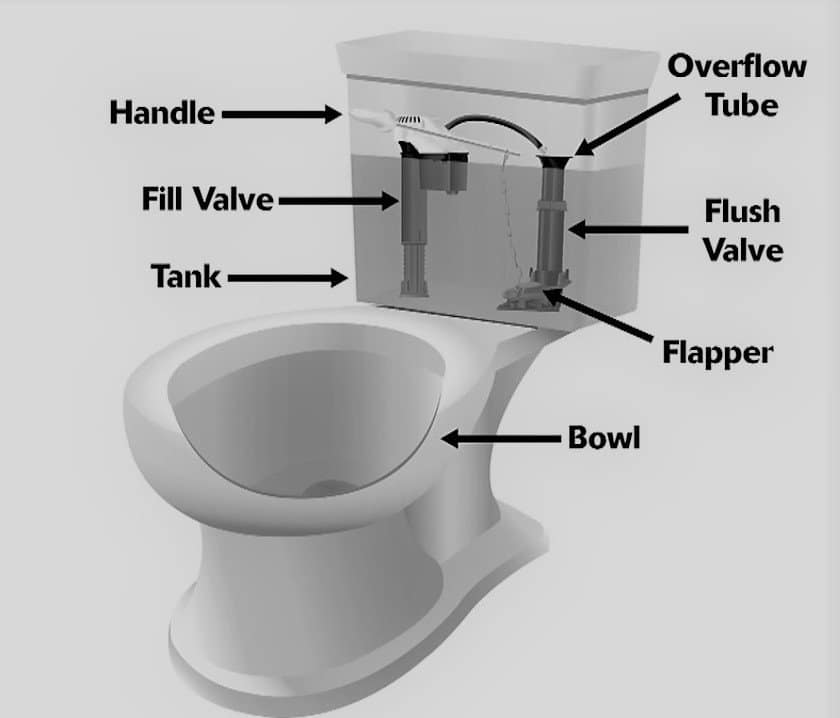
When you push the toilet handle down, the lift chain lifts off the flapper from the flush valve opening. Water in the tank flows down to the bowl, and flushing happens.
After releasing the toilet handle, the lift chains get slack, and the flapper falls back to its position, sealing the tank. The fill valve starts to fill the tank in readiness for the next flushing cycle. A water supply line supplies the fill valve with water from underneath the tank.
A toilet float is connected to the fill valve and controls the water level in the tank. The float moves up and down during filling and flushing to close and open the fill valve.
A toilet will either have a float ball or a cup/cylinder. The float ball is connected to the fill valve via a lever arm, while a float cup is mounted against the vertical body of the fill valve.
A small refill tube connects the fill valve to the overflow tube. The overflow tube is the large tube in the tank that sends excess water to the bowl to prevent overflowing, and therefore a running toilet.
When the tank is refilled, the tube sends a small amount of water back to the bowl through the overflow tube. This is the water you see at the bottom of the bowl that prevents sewer gases from coming up to the bathroom.
How to Fix a Constantly Running Toilet
When you have a constantly running toilet, your toilet is not working as it is designed to work. Let us look at the different parts of a toilet that causes it to run continuously and how to fix them.
1. Leaking Toilet Flapper
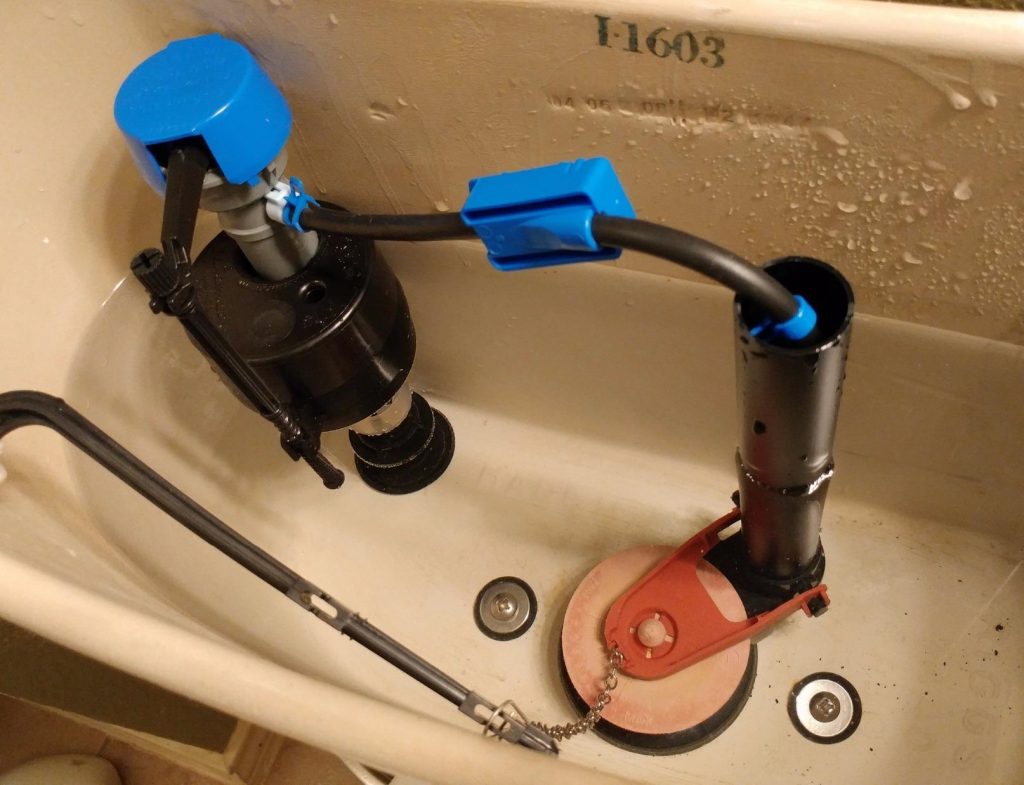
A leaking toilet flapper is the cause of most running toilets. This is a rubber seal at the bottom of the toilet tank that sits on top of the flush valve opening. If the seal is compromised, water will seep under it and flow to the toilet bowl.
Remove your toilet tank lid and place it away where it can’t fall and crack. Press down on the flapper using a long screwdriver or pin to see if the toilet running stops. If it stops, you have identified the source of your problem. Turn off the water to the toilet by turning the shut-off valve behind the toilet clockwise.
The flapper is attached to the overflow tube and pegs through its “ears.” Unhook it and also unclip the lift chain. Check if mineral deposits or dirt are embedded on the bottom of the flapper. This can prevent the flapper from sitting and sealing properly on the flush valve. Check for the mineral deposits also on top of the flush valve opening.
If that is the case, clean the flapper with running water in a sink to remove all dirt. Use a cloth also to clean the flush valve seat. Install the flapper back and turn on the water. Check if the toilet has stopped running.
If, on the other hand, the toilet flapper is warped, hardened, or just worn out, you will need to replace it. A new toilet flapper costs about 5 dollars and should last for the next 5 years. This is how to replace a toilet flapper.
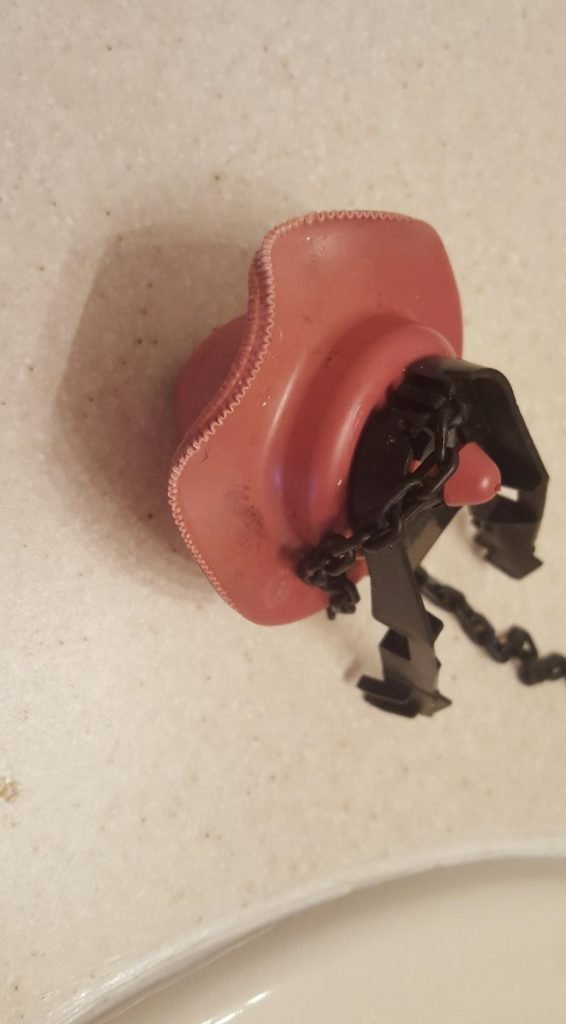
2. Issues with the Lift Chain
A lift chain lifts the flapper during flushing and helps put it down after flushing. Ideally, the lift chain should have about a ½ slack. If it is too tight, it will unseat the flapper resulting in a constantly running toilet.
Also, if the loose end of a lift chain is too long, it can go through the flush valve during flushing and thus prevent the flapper from sealing. You should consider tying it all and cutting it if this is the case.
3. Toilet Float Set Too High
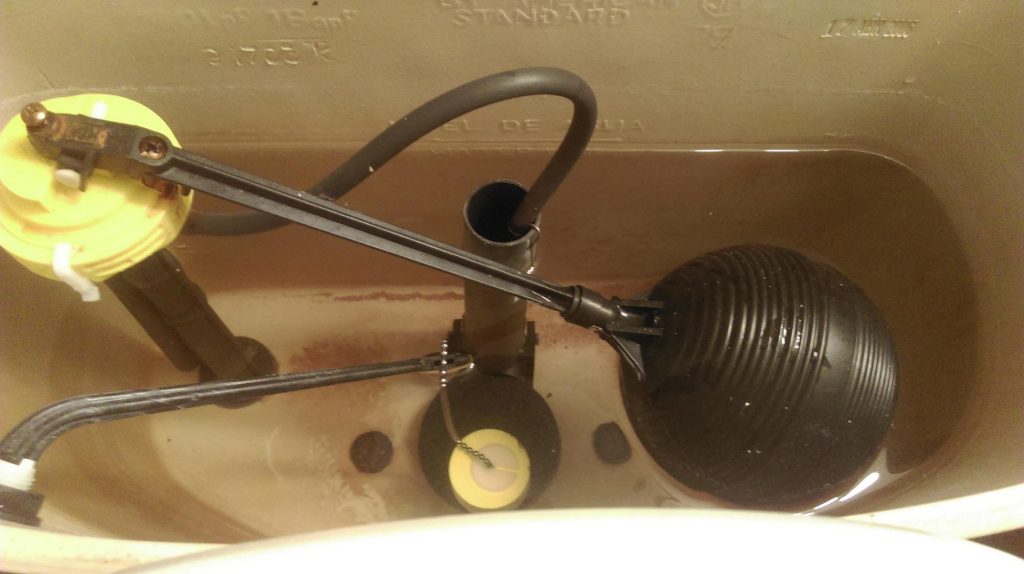
A toilet float can be adjusted up or down to control the water level in the tank. The water level in the tank should ideally be ½-1 inch below the overflow tube. If the toilet float is set too high, the water level will be too high, causing the toilet to run endlessly as the water flows down through the overflow tube.
Adjusting the level of water in the toilet tank is fairly easy. You will only need a screwdriver. If your toilet has a float ball, check where the float ball arm is joined to the fill valve. You will find a screw there. Turn this screw counterclockwise with the screwdriver until the water level falls below the overflow tube.
Some people will normally bend the float arm upwards, but that is not an effective way to go about it. After all, some float arms are made of plastic.
If your toilet has a float cup, look for a long plastic screw alongside the toilet float. Turn this screw counterclockwise until the water level in the tank falls back to normal.
4. Defective Fill Valve
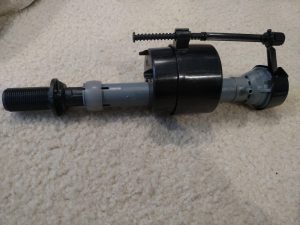
If a toilet fill valve is defective, it will continuously fill the tank with water flowing down to the bowl through the overflow tube, resulting in a constantly running toilet.
While you can try to fix a fill valve, the best thing is to replace it. A new fill valve costs about 20 dollars and also comes with a toilet float.
Replacing a toilet fill valve is a simple DIY and should not take more than 15 minutes. Here is how to replace a toilet fill valve.
5. A Cracked Flush Valve
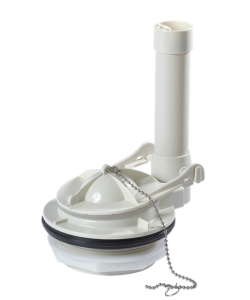
A toilet flush valve is the opening at the bottom of the toilet tank through which water leaves the tank and enters the bowl during flushing. If this valve is cracked, you will hear water trickling into your toilet bowl nonstop.
A cracked toilet flush valve will need to be replaced. You will first need to remove the toilet tank to replace a flush valve. A new flush valve will also contain the toilet tank to bow gasket and toilet tank bolts.
This is how to replace a toilet flush valve. You will also learn how to remove and install the toilet tank.
How to Fix a Constantly Running Dual Flush Toilet
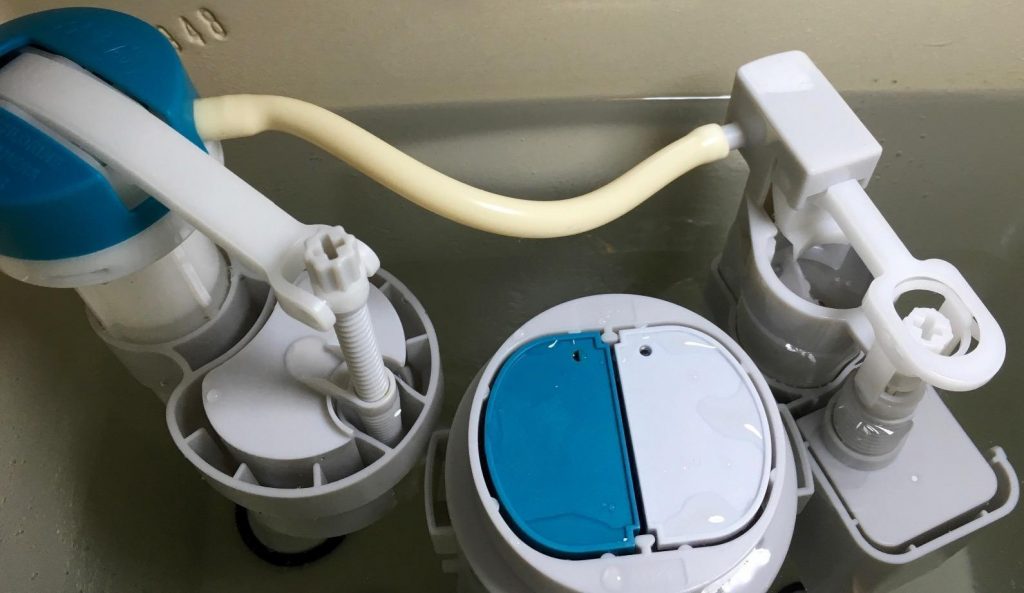
A dual-flush toilet works a little differently from a single-flush toilet. It uses flush buttons on top of the tank instead of a toilet handle and does not have a flapper and lift chain.
Inside the tank, a big valve assembly controls the amount of water that goes down to the bowl. There is a seal at the bottom of the valve assembly that prevents the water from flowing to the bowl all the time unless during flushing.
This is how to fix a dual-flush toilet that keeps running after flushing.